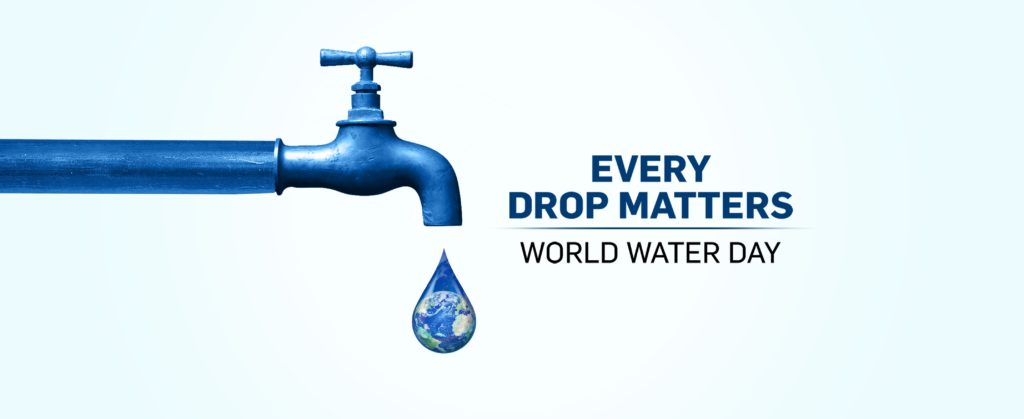
March 22 is World Water Day, a time to pause and reflect on how precious this global resource is to every single person on Earth. Unlike other issues that arise, whether it be political in nature or even economic, the one thing that everyone can agree on is the preservation and sustainability of our water system.
At Raba Kistner, we advocate for this invisible resource each day. Our company expanded in 1978 to include environmental sciences, working in stormwater and pollution prevention services, geotechnical engineering, construction materials testing and program management services.
One way we advocate for clean water is through sediment control. It’s a practice that’s designed to keep eroded soil on a construction site, so that it does not wash off and cause water pollution to a nearby stream, river, lake, or sea. In essence, when water runs off, it can pick up fertilizers, chemicals and other types of sediment and then flow into a stormwater system.
While Raba Kistner is a key player in the environmental and compliance field, as well as being innovative in stormwater solutions and a commitment to the communities we serve, we want individuals to know that they, too, are key players in this effort.
There are several easy ways to do this. First, use and dispose of harmful materials properly. Don’t pour hazardous waste down the drain, on the ground, or into storm sewers. Household cleaners, flea collars, pesticides, mothballs and leftover paints or paint cans are examples of these items.
By properly maintaining your septic system, groundwater can be protected against untreated household wastewater. A malfunctioning system, on the other hand, can release bacteria, viruses, and chemicals into local aquifers and waterways. The average household septic system should be inspected at least every three years by a septic service professional. Household septic tanks are typically pumped every three to five years. Alternative systems with electrical float switches, pumps, or mechanical components should be inspected more often, generally once a year.
Medications should also be disposed of properly. In homes that use septic tanks, over the counter and prescription drugs flushed down the toilet might be able to seep into the ground and groundwater. The same goes for pouring medications down the sink. These water sources may flow downstream to community drinking water supplies. Water treatment plants are generally not equipped to remove medications.
Another area where people can make a big difference in protecting their water is simply learning about their drinking water source. Local utilities include information about the drinking water source in their annual drinking water quality report, called a Consumer Confidence Report (CCR). A CCR will inform the public on how to get a copy of the source water assessment for the drinking water source.
World Water Day, recognized on March 22 each year, is an annual United Nations Observance that began in 1993 and celebrates water and raises awareness of the 2 billion people – one in three people worldwide – currently living without access to safe water. One of the core focuses of the day is to inspire action toward the United Nations’ Sustainable Development Goal (SDG) 6: to ensure access to water and sanitation for all by 2030.
We are committed to protecting our water source and encouraging adults to become stewards of their local water supply. It’s a precious resource that we should all help protect.












